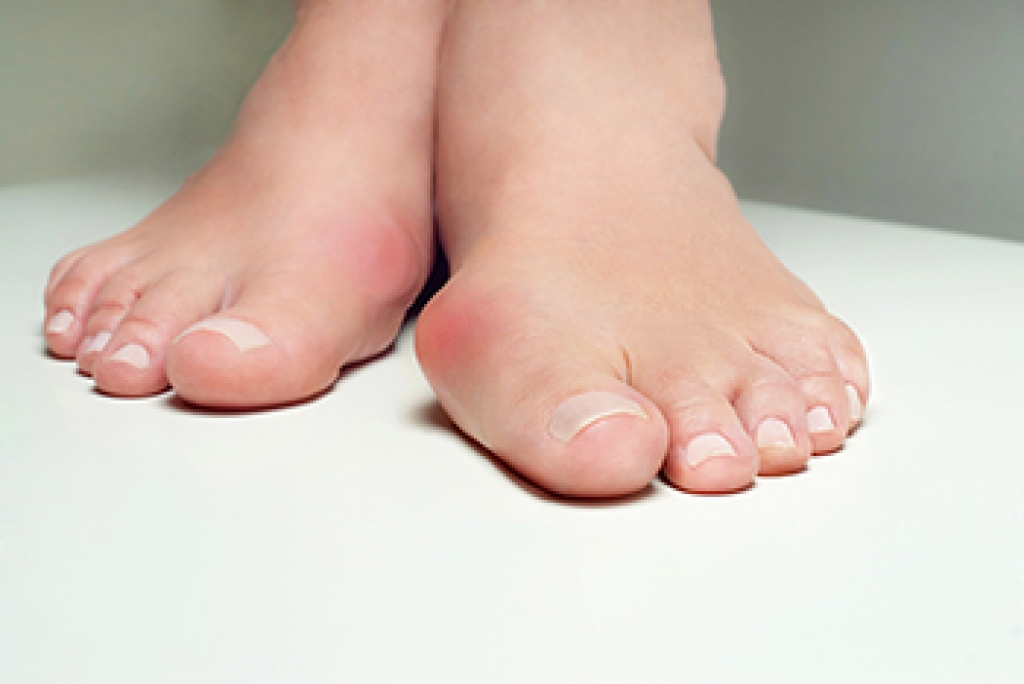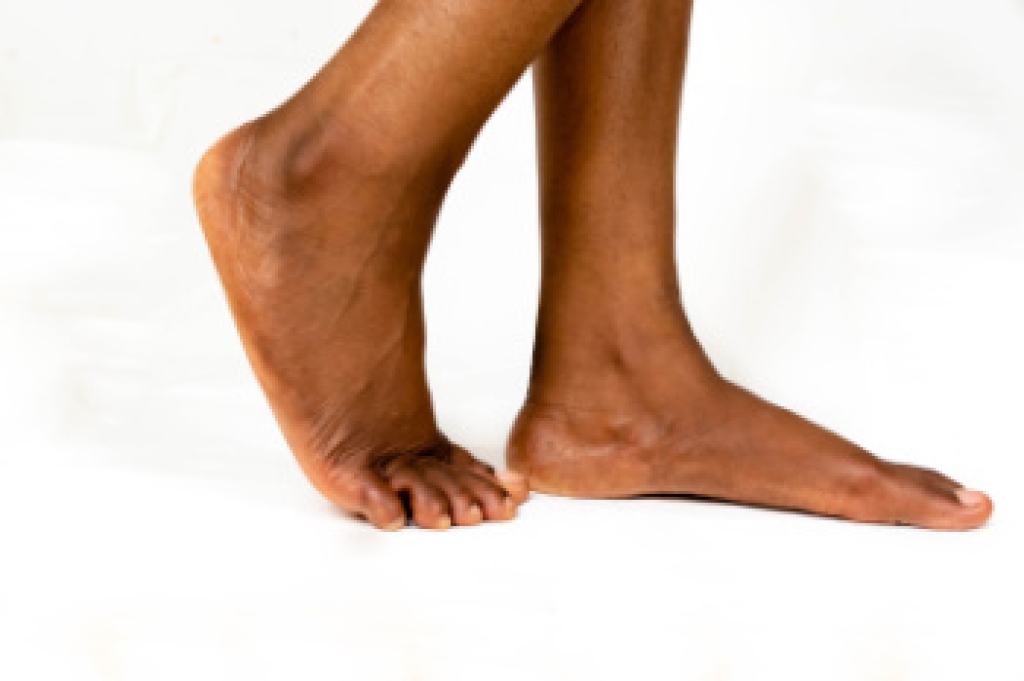
An avulsion fracture occurs when a small piece of bone is pulled away by a tendon or ligament after a sudden force or twisting motion. In the foot, these injuries can affect several areas. The most frequent type involves the fifth metatarsal, located on the outer edge of the foot, often resulting from rolling the ankle outward. The calcaneus, or heel bone, can also experience an avulsion fracture at the back where the Achilles tendon attaches. Less common sites include the cuboid, navicular, and talus bones, where strong tendons can pull off small bone fragments during intense movements. Symptoms of avulsion fractures include swelling, bruising, and pain that worsens with walking or bearing weight. A podiatrist can diagnose the specific fracture location using imaging and determine whether immobilization or surgery is necessary to restore alignment and prevent chronic pain. If you have unexplained foot pain, it is suggested that you make an appointment with a podiatrist for a diagnosis and suggested treatment.
A broken foot requires immediate medical attention and treatment. If you need your feet checked, contact Kentston Cripe, DPM from Roseville Foot & Ankle. Our doctor can provide the care you need to keep you pain-free and on your feet.
Broken Foot Causes, Symptoms, and Treatment
A broken foot is caused by one of the bones in the foot typically breaking when bended, crushed, or stretched beyond its natural capabilities. Usually the location of the fracture indicates how the break occurred, whether it was through an object, fall, or any other type of injury.
Common Symptoms of Broken Feet:
- Bruising
- Pain
- Redness
- Swelling
- Blue in color
- Numbness
- Cold
- Misshapen
- Cuts
- Deformities
Those that suspect they have a broken foot shoot seek urgent medical attention where a medical professional could diagnose the severity.
Treatment for broken bones varies depending on the cause, severity and location. Some will require the use of splints, casts or crutches while others could even involve surgery to repair the broken bones. Personal care includes the use of ice and keeping the foot stabilized and elevated.
If you have any questions, please feel free to contact our office located in Roseville, CA . We offer the newest diagnostic and treatment technologies for all your foot care needs.




